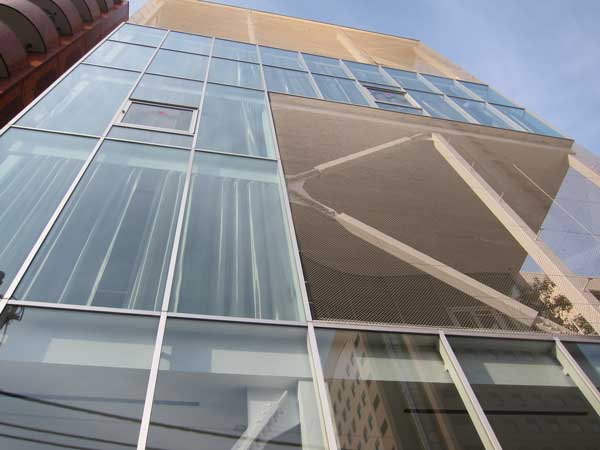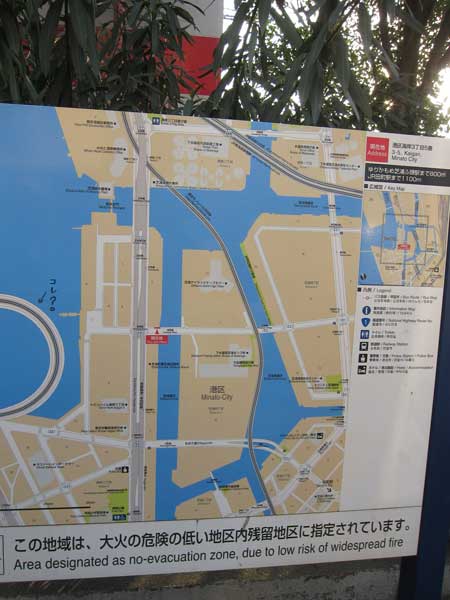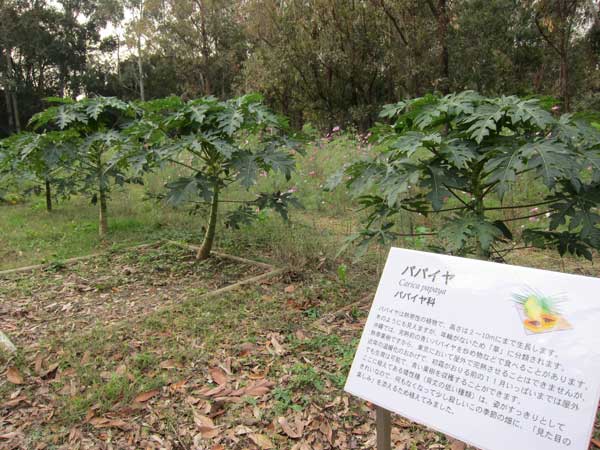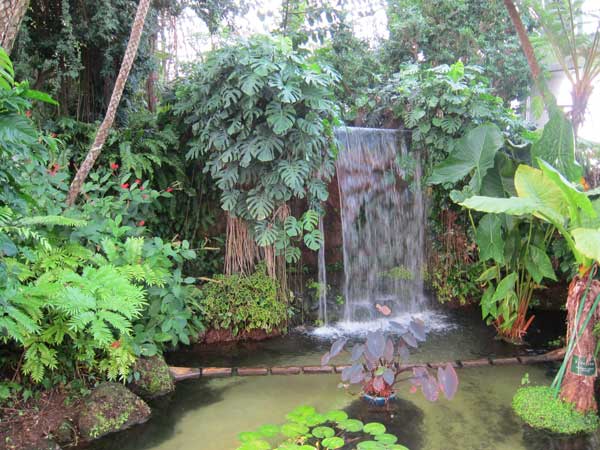
最近、芝浦の辺りをオーストラリア人の建築家・ランドスケープアーチストと散歩しました。芝浦ハウスという新しくてかっこいい文化のスペースは、一度行ったことかあります。今回は、色々な運河に区切られた人工島を観察できました。一番驚いたことは、水道局庁舎が5件もあることです。地図から、たくさんの水道局関係の言葉を勉強しました。排水機場、下水、汚泥、処理、庁舎、水再生、ポンプ所。芝浦は東京都の下水道と雨水の処理に不可欠だそうです。
Last month Australia’s smlwrld‘s Bianca and Lucas invited me to go with them on a walking adventure in Shibaura. They took some great photos and wrote up a post calling Shibaura “an infrastructure theme park.”
I’d only been once before, drawn to see the new cultural space Shibaura House. This second time, in addition to stopping back at Shibaura House, we explored the neighborhood and were stunned by the mix of uses being made of these small man-made islands criss-crossed with canals.
There are many water works facilities, a giant incinerator, docks for shipping and at least one re-purposed warehouse named Tabloid, offices from the 70s and 80s, newer apartment towers, industrial buildings, a cement factory, elevated monorail, and the base of the Rainbow Bridge. The top photo shows party boats and a fishing boat, alongside offices and residences.
The water works facilities include sludge, sewage, treatment, and pumping. It seems like most of Tokyo’s plumbing ends up being processed and then released into Tokyo Bay in Shibaura. It’s something to think of when using a sink or toilet, or imagining what happens to the sewers during a heavy rainstorm. Below is a map showing five water work facilities.


I like how on this very official map, someone has written “これ?” (here?) with an arrow pointing to the giant round entrance ramp to Rainbow Bridge. I’ll post more photos in the coming days from this walk.













